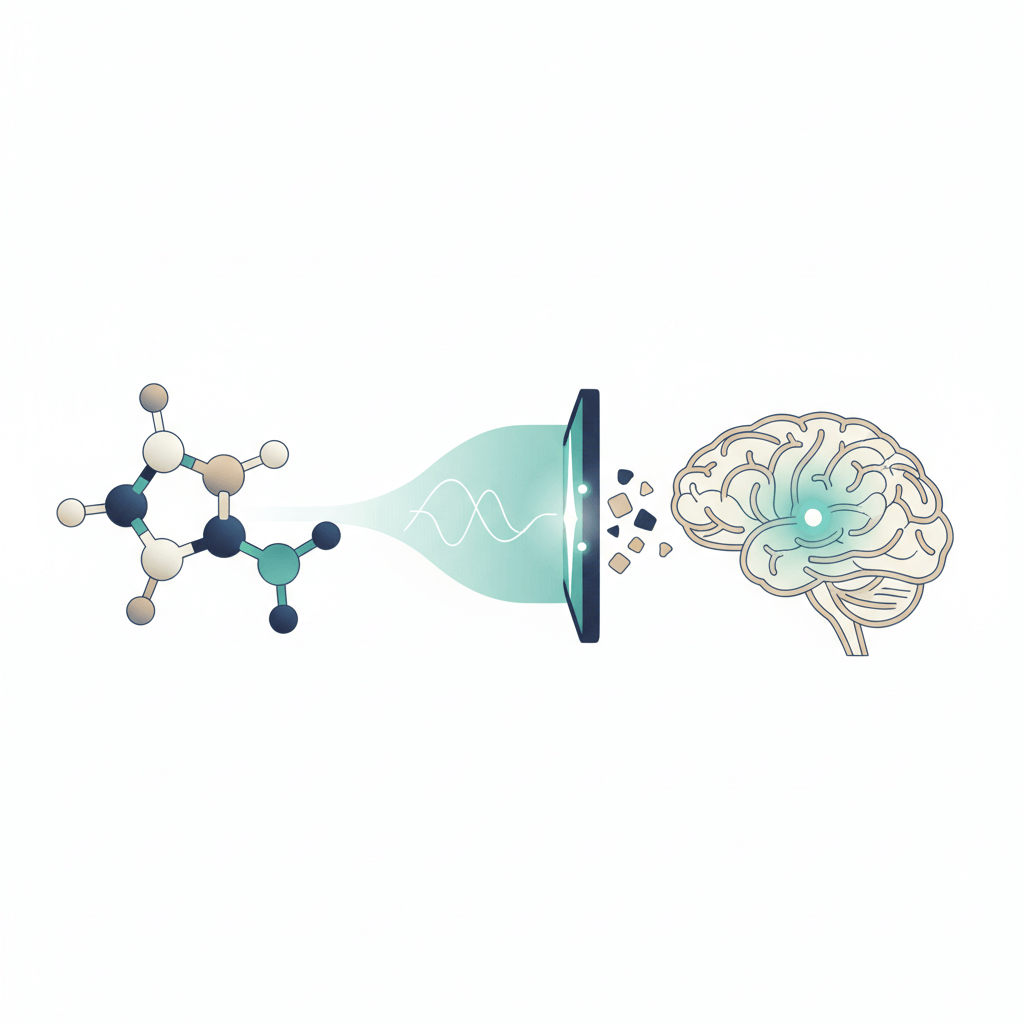Understanding Video Game Addiction
Video game addiction is a complex issue that can have significant impacts on mental health and may exhibit gender disparities. It is important to understand these aspects to address and tackle the challenges associated with video game addiction.
Impact on Mental Health
Video game addiction has been linked to various mental health problems, which can contribute to the development and maintenance of addiction. Individuals with video game addiction may experience impulsivity, anxiety, loneliness, and hyperactivity, among other issues. These mental health challenges can further exacerbate the addictive behavior and make it harder for individuals to break free from the cycle of addiction.
Moreover, research indicates that video game addiction is associated with personality traits such as low self-esteem, low self-efficacy, attention problems, impulsivity, aggression, anxiety, and depression. These findings highlight the complex relationship between mental health and video game addiction, emphasizing the importance of addressing underlying psychological factors in treatment and prevention strategies.
Gender Disparities
Gender disparities exist in the realm of video game addiction. Studies have indicated that certain psychological features associated with Internet Gaming Disorder (IGD) show a sex dimorphism. Males with higher levels of impulsivity are more at risk of developing IGD, whereas females tend to exhibit poorer mental health and higher psychiatric comorbidities compared to males [3]. It is noteworthy that available research on video game addiction has predominantly focused on males, resulting in limited data on females. This disparity may be attributed, in part, to the historical design of most video games catering to male audiences.
Understanding the gender disparities in video game addiction can help tailor prevention, intervention, and treatment strategies to address the unique needs of different genders. By considering the distinct preferences, motivations, and challenges faced by males and females in relation to video game addiction, it becomes possible to develop more inclusive and effective approaches to support individuals in their journey towards recovery.
By recognizing the impact of video game addiction on mental health and acknowledging the gender disparities associated with it, we can work towards creating a better understanding of this issue and implementing strategies to prevent and address video game addiction more effectively.
Video Game Addiction Statistics
Understanding the prevalence and regional variances of video game addiction is essential in addressing this growing concern. In this section, we will explore the statistics related to video game addiction, focusing on prevalence by gender and regional differences.
Prevalence by Gender
Video game addiction is more prevalent among males, accounting for approximately 75-90% of cases. Research consistently indicates that men or people assigned male at birth are more likely to develop video game addiction than women or those assigned female at birth. In fact, males were found to be 2.9 times more likely than females to belong to the addicted gamers category, according to a study published by the National Center for Biotechnology Information (NCBI).
While the distribution of gamers between genders is relatively even, with approximately 50% being male and 48% female, statistics reveal that 94% of gaming addicts are males, indicating a higher prevalence of gaming addiction among males compared to females. This gender disparity may be attributed to various factors, including differences in gaming preferences and the design of video games themselves. Studies show that males tend to gravitate towards shooting and role-playing games, often attracted to violent and competitive elements without social interactions. On the other hand, females tend to prefer simulation games.
Regional Variances
The prevalence of video game addiction can also vary across different regions. While data on regional variances is limited, it is clear that video game addiction is a global issue. The impact of video game addiction is felt worldwide, with individuals from various cultures and countries affected.
It is important to note that the COVID-19 pandemic has had a significant impact on video game addiction. With increased isolation and limited social interactions, individuals may turn to video games as a form of escape or entertainment. The prolonged periods of lockdown and remote work/schooling have contributed to the rise in gaming hours and potential addiction. However, further research is needed to fully understand the extent of this impact on a regional level.
By examining the prevalence of video game addiction by gender and considering regional differences, we can gain insight into the scope of this issue. It is crucial to continue studying and addressing video game addiction to develop effective prevention strategies and provide appropriate support and treatment for those affected.
Risk Factors for Video Game Addiction
When it comes to video game addiction, several risk factors can contribute to its development. These risk factors can be categorized into psychological features and age and gender influences. Understanding these factors is crucial in identifying and addressing the issue effectively.
Psychological Features
Various psychological features have been associated with video game addiction. Impulsivity, low self-control, anxiety, emotion dysregulation, and depression are some of the psychological features that show a sex dimorphism in relation to Internet Gaming Disorder (IGD). Males with higher levels of impulsivity are more at risk of developing IGD, while females tend to exhibit poor mental health and more psychiatric comorbidities compared to males.
These psychological factors can influence an individual's susceptibility to video game addiction. Impulsivity may lead to excessive gaming behaviors, while anxiety and depression may drive individuals to seek solace and escape in the virtual world of video games.
Age and Gender Influence
Age and gender also play a significant role in video game addiction. Younger age groups are more likely to belong to the addicted or problem gamers category compared to older age groups. In a study based on a national representative sample of gamers in Norway, it was found that males were 2.9 times more likely than females to belong to the addicted gamers category.
The types of games preferred by each gender also contribute to the risk of addiction. Males tend to play shooting and role-playing games, which often involve violent and competitive elements without social interactions. Females, on the other hand, are more inclined towards simulation games. The design of video games, which has primarily been focused on males, may contribute to the higher prevalence of addiction in males compared to females.
These age and gender differences highlight the importance of considering individual characteristics when evaluating the risk of video game addiction. It is crucial to understand the unique vulnerabilities and preferences of different age groups and genders in order to develop effective prevention and intervention strategies.
By recognizing the psychological features associated with video game addiction and understanding the age and gender influences, we can better identify and address the risk factors that contribute to this issue. It is essential to promote healthy gaming habits and provide support for individuals who may be at risk of developing video game addiction.
Neurological Factors in Video Game Addiction
Video game addiction has been the subject of extensive research, including studies focusing on the neurological factors underlying this condition. Understanding the brain regions involved and the findings from functional MRI (fMRI) studies can provide valuable insights into the nature of video game addiction.
Brain Regions Involved
Recent neurological research has revealed similarities in the brains of individuals with video game addiction and those with substance use disorders. One of the key brain regions implicated in gaming addiction is the prefrontal cortex, which includes the dorsolateral prefrontal cortex (DLPFC). The DLPFC is associated with impaired inhibitory control in individuals with gaming addiction [3].
Additionally, studies have shown a relationship between the DLPFC and the severity of internet gaming disorder (IGD) and cognitive inhibitory control. The left DLPFC has been identified as a potential biomarker for depression in IGD. It is worth noting that males with IGD may be more immersed in gaming, possibly due to a higher motivational state compared to females.
Functional MRI Studies
Functional MRI (fMRI) studies have provided valuable insights into the neurological aspects of video game addiction. These studies have shown changes in various brain regions associated with IGD, including the prefrontal cortex, posterior cingulate cortex, inferior parietal lobule, and middle occipital gyrus.
The mesocorticolimbic reward system, including the nucleus accumbens and orbitofrontal cortex, plays a crucial role in IGD. These brain regions are associated with reward processing and addiction. It is important to note that there are sex differences in neural systems related to reward and addiction, with males showing higher activation and functional connectivity compared to females.
By studying the brain regions involved and conducting fMRI studies, researchers aim to gain a deeper understanding of the neural mechanisms underlying video game addiction. These findings contribute to the evolving field of addiction neuroscience, highlighting the complex interplay between the brain and addictive behaviors.
Understanding the neurological factors at play in video game addiction is crucial for developing effective prevention and treatment strategies. Further research in this area will help advance our knowledge and provide insights into personalized interventions for individuals struggling with video game addiction.
Treatment Approaches for Video Game Addiction
When it comes to addressing video game addiction, there are various treatment approaches available. These approaches aim to help individuals regain control over their gaming habits and improve their overall well-being. Two common treatment options include talk therapy and the diagnosis and referral process.
Talk Therapy Options
Talk therapy, also known as psychotherapy, is the primary treatment option for video game addiction [7]. Specific types of psychotherapy that may be beneficial for individuals with video game addiction include:
- Cognitive-Behavioral Therapy (CBT): This type of therapy helps individuals identify and change negative thoughts and behaviors related to gaming addiction. It focuses on developing healthier coping strategies and improving problem-solving skills.
- Dialectical Behavior Therapy (DBT): DBT is a form of therapy that combines elements of CBT with mindfulness techniques. It can help individuals regulate their emotions, manage stress, and develop healthier relationships.
- Family Therapy: Involving family members in therapy can be beneficial, as it helps address underlying family dynamics that may contribute to the addiction. Family therapy aims to improve communication, enhance support systems, and foster a healthier family environment.
Talk therapy provides individuals with a safe and supportive space to explore the underlying factors contributing to their video game addiction. It equips them with the necessary tools and strategies to overcome the addiction and develop a healthier relationship with gaming.
Diagnosis and Referral Process
To receive a diagnosis of video game addiction or internet gaming disorder, individuals should consult a healthcare provider who will refer them to a mental health professional, such as a psychologist or psychiatrist. Mental health professionals use the criteria outlined in the American Psychiatric Association's Diagnostic and Statistical Manual of Mental Disorders (DSM-5) to diagnose mental disorders, including internet gaming disorder.
The diagnosis and referral process typically involve an initial assessment where the mental health professional gathers information about the individual's gaming habits, its impact on their daily life, and any associated symptoms or difficulties. Based on this evaluation, the mental health professional will determine if the individual meets the criteria for video game addiction or internet gaming disorder.
Once a diagnosis has been made, the mental health professional will work with the individual to develop a personalized treatment plan. This may include regular talk therapy sessions, involvement of family members, and the incorporation of other therapeutic techniques to address the specific needs of the individual.
It is important to seek professional help for video game addiction to ensure a comprehensive and tailored approach to treatment. Mental health professionals can provide guidance, support, and evidence-based strategies to help individuals overcome video game addiction and regain control of their lives.
Global Perspective on Video Game Addiction
As video game addiction continues to be a growing concern, it is important to understand its prevalence and the impact of the pandemic on this issue.
Worldwide Prevalence
The number of gamers worldwide has been steadily increasing over the years. In 2015, the estimated number of gamers was 1.9 billion, which increased to 2.81 billion in 2021, and is projected to surpass 3 billion by 2023. This significant growth indicates a potential increase in the number of individuals suffering from gaming disorder each year [6].
The prevalence of Internet Gaming Disorder (IGD), a condition associated with video game addiction, varies worldwide. Studies have shown a prevalence ranging from 0.21% to 57.5% in the general population, 3.20% to 91.00% in populations recruited for IGD problems, and 50.42% to 79.25% in samples with severe IGD symptoms. It is worth noting that most studies have been conducted among Asian countries' populations, which tend to have higher prevalence rates of IGD compared to non-Asian countries. Additionally, adolescence is considered an "age at risk" for IGD, with a higher prevalence among young people compared to the elderly. Furthermore, there is a higher prevalence of IGD among males compared to females.
Impact of Pandemic
The COVID-19 pandemic has had a profound impact on various aspects of life, including video game addiction. During lockdowns and periods of social isolation, many individuals turned to video games as a form of entertainment and escape. In the United Arab Emirates (UAE), it is estimated that over 7 million gamers exist, with between 137,200 and 210,000 Emiratis struggling with gaming addiction. The pandemic has further exacerbated this issue, with up to 50% of people spending more time gaming during lockdowns.
It is important to note that the pandemic's impact on video game addiction is not limited to the UAE but is a global phenomenon. The increased accessibility and availability of video games, combined with the need for entertainment and social interaction during periods of isolation, have contributed to the rise in video game engagement. However, it is crucial to distinguish between healthy gaming habits and problematic gaming behaviors to address the potential consequences of excessive gaming.
Understanding the global perspective on video game addiction helps shed light on the magnitude of the issue and the need for effective prevention and intervention strategies. By raising awareness, promoting responsible gaming habits, and providing support to individuals struggling with video game addiction, we can work towards a healthier and more balanced relationship with gaming.













